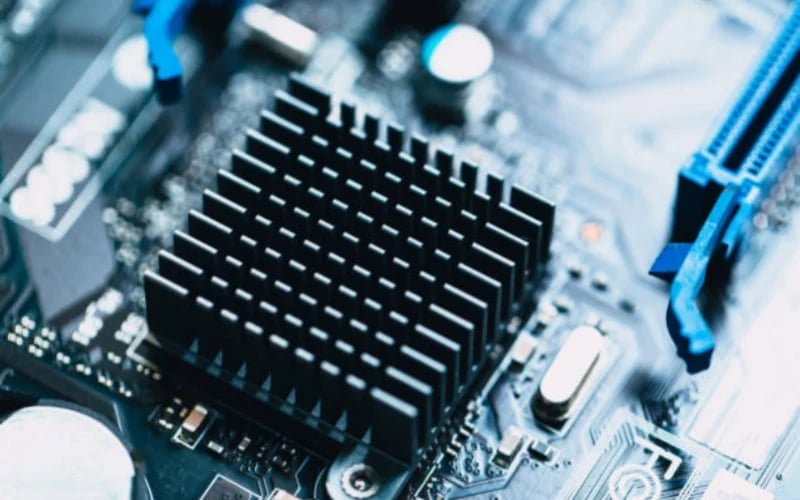The Importance of liquid cold plate design for Efficient Heat Dissipation
Whether it's in manufacturing or electronics, heat is an inevitable byproduct of almost every technology we use today. The need for effective heat dissipation has become crucial to prevent systems from overheating and malfunctioning. This is where liquid cold plates come in as a highly effective solution. In this article, we'll explore the various aspects of liquid cold plate design and their role in ensuring optimal temperature control in modern technologies.
The Basics of Liquid Cold Plate Design
Liquid cold plates are essentially heat exchangers that use a combination of a liquid coolant and metal plate to cool and dissipate heat generated by electronic components. The coolant is pumped through the plate, absorbing the heat and carrying it away from the components. The warmed coolant is then cooled by a radiator or another cooling system, which removes the heat from the system entirely. The design of the cold plate is critical to its effectiveness in managing heat, and a well-designed liquid cold plate can offer superior cooling performance to other cooling solutions.
The Importance of Material Selection in Liquid Cold Plate Design
The choice of materials used in the construction of a liquid cold plate plays a significant role in determining its effectiveness in managing heat. The metal plate itself needs to be a good conductor of heat so that it can efficiently transfer the heat from the components to the coolant. Copper and aluminum are common choices for cold plate materials, and each material has its advantages and limitations. For example, copper has a higher thermal conductivity than aluminum, but it is also more expensive. Ultimately, the choice of material will depend on the specific requirements and constraints of the application.
The Role of Fluid Dynamics in Liquid Cold Plate Design
Fluid dynamics plays a crucial role in determining the performance of a liquid cold plate. The coolant needs to flow through the plate in a way that maximizes its contact with the heated surface and allows it to absorb heat efficiently. The channel geometry, including the size and number of channels, is an important consideration in designing a cold plate for optimal fluid flow. The design needs to balance the pressure drop of the coolant with the heat transfer rate to ensure efficient cooling performance.
The Impact of Cold Plate Size and Shape on Performance
The size and shape of a liquid cold plate are critical factors in determining its performance. The cold plate needs to be large enough to effectively cool the heat source, but it shouldn't be too large, or it may become too heavy or bulky. The shape of the cold plate is also important to ensure that the heated surface area is maximized, and the coolant can flow through smoothly without creating any dead zones. The design needs to balance performance and practicality to ensure an optimal solution.
The Significance of Mounting and Integration
The mounting and integration of liquid cold plates are also crucial in ensuring effective heat dissipation. The cold plate needs to be firmly attached to the heat source with a good thermal interface material to ensure maximum heat transfer. The type of mounting and integration method will depend on the application, but it needs to be a secure and reliable connection to prevent hot spots or overheating.
The Importance of Compatibility and Testing
Compatibility and testing are essential considerations in designing liquid cold plates. The cold plate needs to be compatible with the specific electronic components it's intended to cool, and thorough testing must be done to ensure that the design performs as expected under all conditions. Testing also helps to identify any potential weaknesses or inefficiencies in the design, allowing for adjustments and improvements before the final product is released.
Applications of Liquid Cold Plate Design
Liquid cold plate design has found extensive use in a wide range of applications, from data centers and electric vehicles to aerospace and defense technologies. In data centers and supercomputers, liquid cooling is becoming increasingly popular to handle the high heat loads generated by modern computing systems. Electric vehicles and hybrid systems also require effective thermal management to ensure optimal battery performance and longevity.
Advantages of Liquid Cold Plate Design
The advantages of liquid cold plate design are numerous, including high heat transfer rates, low thermal resistance, flexibility in design, and stability under varying conditions. Liquid cooling solutions are also eco-friendlier than traditional air cooling methods, as they require significantly less energy to cool effectively. Additionally, they can be completely sealed, eliminating the risk of contamination or damage from dust or debris.
The Future of Liquid Cold Plate Design
The future of liquid cold plate design is promising, with continued advancements in materials, channel geometry, and fluid dynamics. With increasing demand for more powerful and efficient technologies, liquid cooling solutions will become more critical in ensuring optimal performance and longevity. As a result, there will continue to be a push for more efficient, cost-effective, and flexible liquid cold plate designs.

